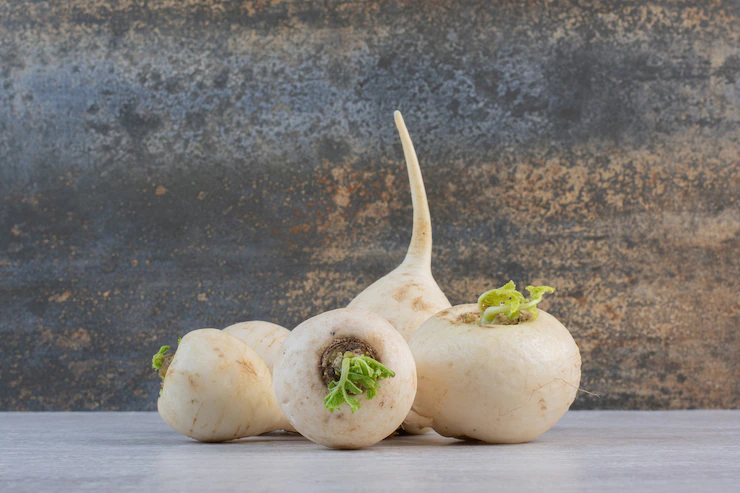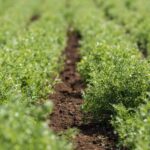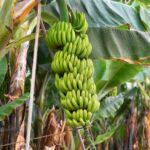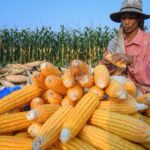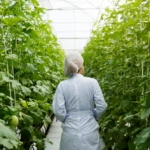Turnips are versatile and nutritious root vegetables that can be grown successfully in various regions of South Africa. Whether you’re interested in growing turnips for their tasty roots or nutritious greens, here are ten important things you should know before getting started:
- Climate and Region: Turnips thrive in cool to mild climates. South Africa has regions with suitable conditions for turnip cultivation, including the Western Cape, Eastern Cape, KwaZulu-Natal, and parts of the Free State. Choose a region with the right climate and temperature ranges for optimal turnip growth.
- Variety Selection: There are different turnip varieties available, each with its unique characteristics in terms of root shape, size, and flavor. Popular turnip varieties grown in South Africa include Purple Top, Tokyo Cross, and White Globe. Consider factors such as taste, root color, and maturity time when selecting turnip varieties.
- Soil Requirements: Turnips prefer well-drained soils with good fertility. Conduct a soil test to assess the pH level and nutrient content of your soil. Turnips generally prefer a slightly acidic to neutral pH range of 6.0 to 7.0. Amend the soil with organic matter and appropriate fertilizers based on soil test results to ensure optimal nutrient availability.
- Land Preparation: Clear the land of weeds, rocks, and debris before planting turnips. Prepare the soil by tilling and incorporating organic matter to improve its structure and drainage. Ensure proper soil preparation to create a loose, friable bed for turnip roots to develop.
- Planting and Spacing: Turnips can be sown directly from seeds. Plant the seeds at the appropriate depth, typically around 1 to 2 centimeters, depending on the variety and soil conditions. Provide adequate spacing between plants, generally ranging from 10 to 15 centimeters, to allow room for root development.
- Irrigation: Turnips require consistent soil moisture for proper growth and root development. Implement an irrigation system to ensure regular and sufficient water supply. Monitor soil moisture levels and adjust irrigation accordingly, avoiding both waterlogging and drought stress.
- Fertilization: Turnips have specific nutrient requirements for optimal growth. Conduct a soil analysis and consult with agricultural experts to determine the appropriate fertilization regimen. Apply balanced fertilizers with nitrogen, phosphorus, and potassium, along with micronutrients, based on the turnip’s nutrient needs and the specific soil conditions.
- Pest and Disease Management: Turnips can be susceptible to pests such as flea beetles, aphids, and diseases like clubroot and powdery mildew. Implement integrated pest and disease management strategies, including regular monitoring, cultural practices, and the use of appropriate pesticides or biological controls when necessary. Practice crop rotation and maintain good field hygiene to minimize disease pressure.
- Thinning and Weeding: Thin turnip seedlings to ensure proper spacing between plants, allowing the strongest ones to grow. Regularly weed the turnip beds to prevent competition for nutrients and water. Mulching can help suppress weeds and conserve soil moisture.
- Harvesting: Turnips can be harvested when the roots reach the desired size, typically around 5 to 10 centimeters in diameter. Harvest turnips carefully by loosening the soil around the roots and pulling them out gently. Cut off the leaves, leaving a small portion of the stem attached to the root for better storage.
By considering these ten crucial factors before growing turnips in South Africa, you’ll be better prepared to cultivate a successful crop. Stay updated on local research, industry best practices, and consult with local agricultural experts for tailored advice. With proper care and attention, you can enjoy a bountiful harvest of turnips and relish their delicious
Image by azerbaijan_stockers on Freepik


